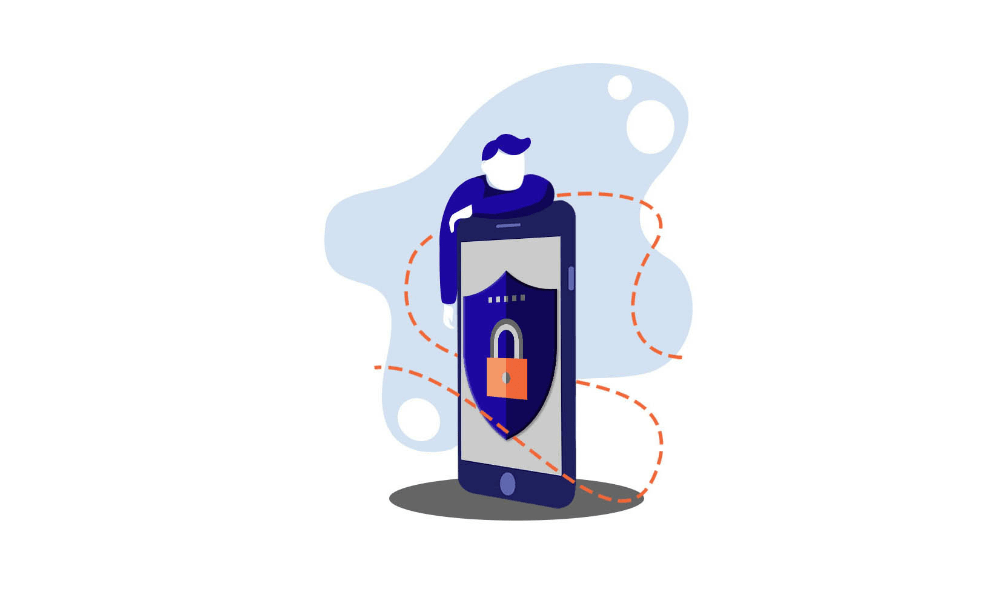Convenience of E-commerce paired with the Ubiquity of Social Media
In this gilded age of one-click purchases and online marketing, social media sites have made a predictable rise in popularity for both consumers and e-commerce sellers. Boasting 2.8 billion users across multiple platforms, social-media-driven retail sales are soaring at a rate untouched by other online channels, with over $1.4 billion delivered to retailers annually from this specific posting/referral-led platform.
Long gone are the days of opening hours, closing doors for national holidays, and big box stores appealing to consumers simply because they are the only option available- why shop aisles when you can browse from the comfort of your couch?
Industry Trends and Rising Fraud
With e-commerce stores and online businesses projected to reach a global industry value of $2.4 trillion, this booming sector facilitates a sharp rise of payment fraud, namely in the authentication of the seller’s identity/payment information. While multi-channel business fraud is a varied threat to online sellers across the globe, it is mitigated by social media’s increased presence in both web-based and mobile retail platforms.
E-commerce fraud committed by criminal consumers can devastate an online business, wipe out funds and valuable inventory, and even damage your business credit- which can take months to recover from! Thankfully, the prevalence of social media’s ties to consumer log-ins can validate authenticity before an individual even begins to browse an online shop. This provides a preventative initial barrier to thwart would-be fraudsters.
Social Media as a First Line of Defense
Social media doesn’t just benefit online retailers by providing a mobile-friendly platform on which to showcase their products, it also serves as the first step in differentiating between actual, paying customers and scammers looking for an easy score.
Social media provides the perfect platform for an easy-to-investigate user authentication process, as sellers can further inspect the profiles of suspicious purchasers manually or through the use of an automated system via APIs. From just a few basic details such as name and country of residence, fraud-prevention services can augment the consumer’s profile and scan for red flags such as length of the account, the amount of “meaningful activity” (not bot/spam accounts), and the presence of profile pictures.
In a survey of 200 online retailers, 60% of those questioned are already using it in their fraud-prevention processes, and 52% are ready to implement it.
Staying One Step Ahead of Scammers
To protect both your profit, your product, and your business as a whole you must implement practices to keep your assets safe. Spotting warning signs (like the computer operating from the United States and an email address from Chinese social networking site) allows for a cancellation of the order before payment is even requested. Understanding your business credit score and setting up notifications of any major dips along with regularly monitoring it yourself is a great way to stay one step ahead of e-commerce scammers.
E-commerce is a vital element of our consumer society, driven by convenience, ease, and 24/7 availability. As a seller, be sure that you don’t prioritize ease of ordering over keeping your online business safe, as simple measures like incorporating a social media login option can ensure you’re able to keep your enterprise thriving. Through accounting and order-tracking proactivity, and even with the help of fraud protection services, your online business will remain open and profitable without risk to your profit or inventory.
What are your thoughts on social media as a security tool? Tell us below or tweet us!





